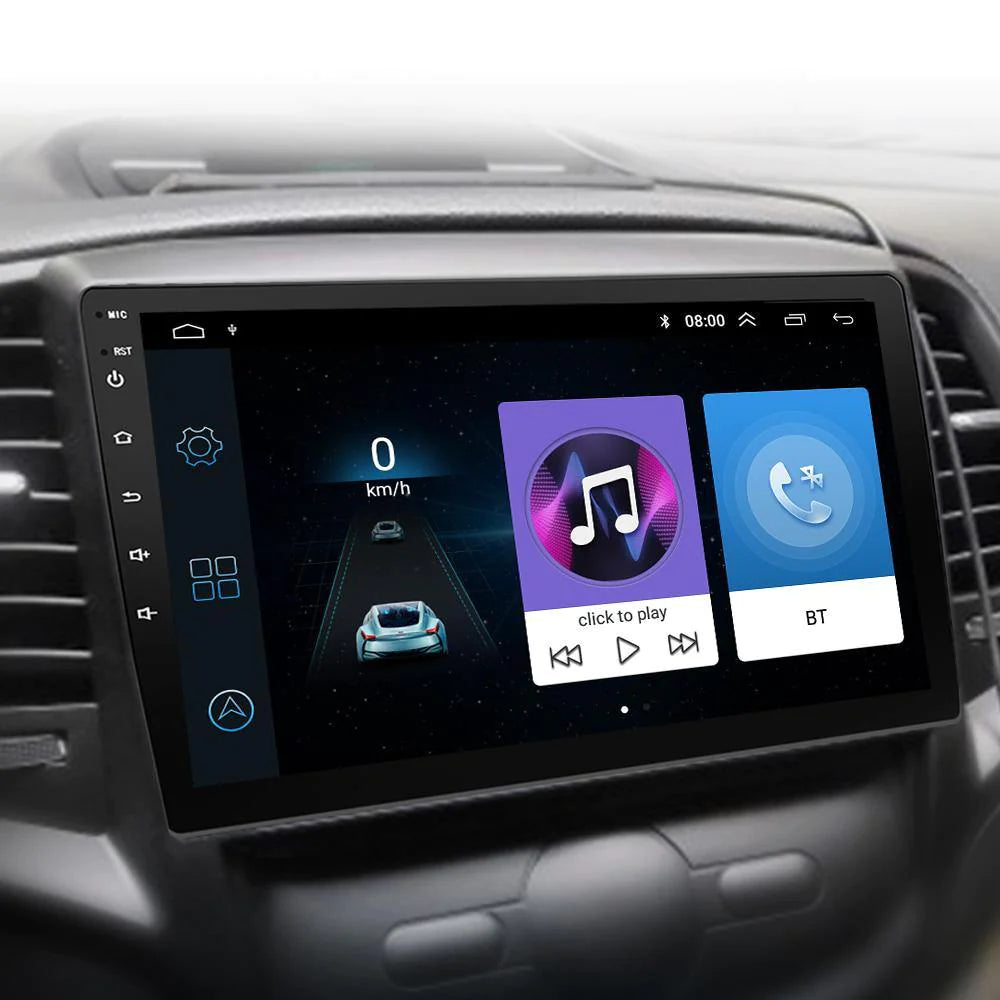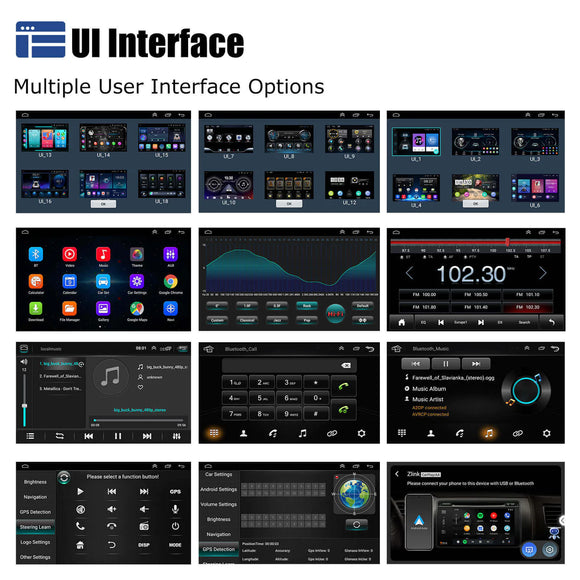
5 Arguments for Choosing an LCD Over a CRT
Liquid-crystal displays (LCDs) have largely supplanted cathode-ray tubes (CRTs) in recent years. LCD technology is used in a wide range of display devices, from classic desktop and laptop computers to smartphones, point-of-sale (POS) systems, and more. Having said that, CRTs are still available for purchase. However, for the best performance and value, you should pick an LCD over a CRT for the five reasons listed below.
Power Consumption is Reduced
Although there are exceptions, most LCDs consume far less electricity than CRTs. In reality, studies reveal that LCDs use roughly 25% less electricity than CRTs on average. Of course, various aspects like as brightness settings, content, and so on will influence how much power an LCD consumes. Nonetheless, an LCD will consume less electricity than a comparable-sized CRT, making it a wise purchase.
Design with a Low Profile
CRTs have a heavy and bulky design that is very attractive. LCD displays, on the other hand, allow for tiny, low-profile designs. This is motivation enough for many manufacturers to use LCD technology in their display devices. Because of its low-profile form, LCD technology is virtually always used in smartphones and tablets.
Minimal Flicker
It’s not uncommon for CRTs to “flicker” during operation. If the content changes, for example, the display may flicker with alternating periods of brightness and darkness. Fortunately, this is not an issue with LCDs. LCDs' liquid pixels are capable of retaining their state during screen refreshes. As a result, LCDs do not have the same flicker issues as CRTs.
Minimal Heat Generation
Another advantage of using an LCD over a CRT is that it produces less heat. LCDs, like all other display devices, generate heat when in use. However, when the proper backlighting is utilized, LCDs emit substantially less heat than CRTs. LCDs are fundamentally safer to use than CRTs since they generate less heat.
High Definition
Finally, LCDs may handle high resolutions, much higher than CRTs. An LCD with a maximum resolution of 4K pixels is not uncommon. Some LCDs can even accommodate 8K pixels. There is no theoretical limit to the amount of pixels that an LCD can handle, which is still another incentive to pick an LCD over a CRT.
Whether you're buying a display device for personal or professional use, you can't overlook the advantages of LCD technology. LCDs consume less power, have lower-profile designs, create less flicker, operate cooler, and enable greater resolutions than CRTs.


